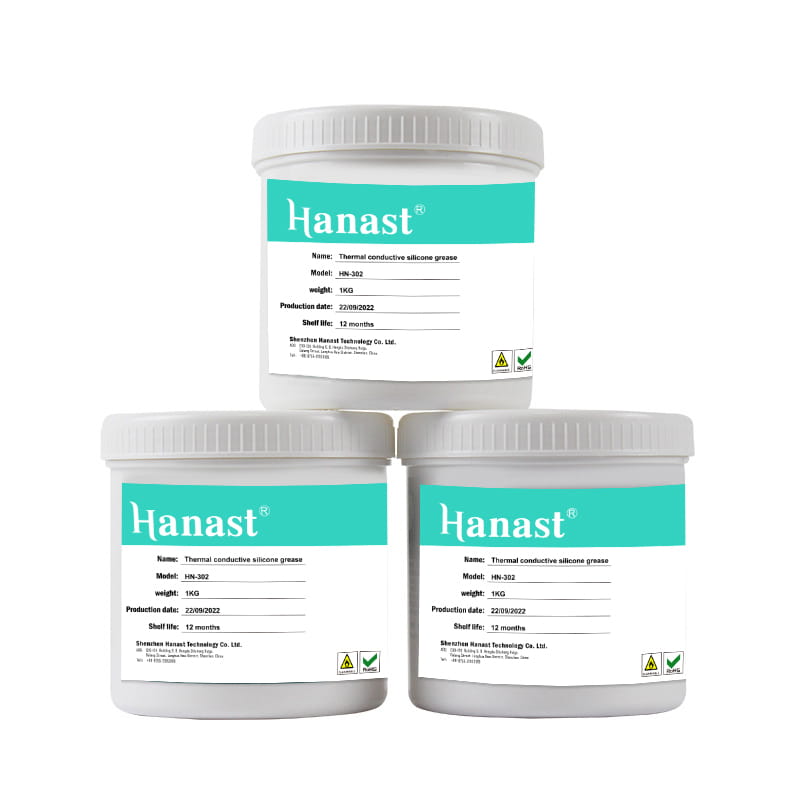Solar lamp glue solution
 Dec 23,2022
Dec 23,2022

 Hanast
Hanast
Glue analysis and solution:
1、 Adhesive
Glue application position: lamp cover glass and lamp holder plastic are bonded and sealed
Bonding of solar panel and base plate
Glue requirements: waterproof, moisture-proof, insulation, high and low temperature resistance, high bonding strength
Glue recommendation: HN-501 high-strength silicone sealant
Reason for recommendation: HN-501 is used for high-strength bonding of metals, plastics, glass and other materials; High waterproof grade IP68, high and low temperature resistance (- 60-260), insulation and other characteristics
Solar lamp glue
2、 Protective potting of electronic components
Glue application position: PCB protection
Adhesive requirements: waterproof, moisture-proof, insulation, aging resistance, high and low temperature resistance, and toughness
Glue recommendation: HN-8801 two-component silicone electronic potting adhesive
Recommendation reason: HN-8801 is resistant to high and low temperatures (- 60-200), waterproof IP68, insulating, flexible after curing, with moderate viscosity for sizing
Glue application position: sealed by solar battery
Glue requirements: waterproof, moisture-proof, insulation, aging resistance and high temperature resistance
Glue recommendation: HN-8806 heat curing high temperature resistant electronic potting adhesive
Reason for recommendation: HN-8806 High temperature resistance (- 40-150), high hardness, waterproof and moisture-proof, insulation, heating curing
Short curing time (fully cured after heating at 60 ℃ for 5 hours)
Solar lamp glue
Glue application position: the lamp bead is bonded to the heat conducting aluminum plate for heat conduction
Glue demand: high thermal conductivity
Product recommendation: HN-306 thermal conductive silicone grease
Reason for recommendation: HN-302 is applicable to the transmission medium of electronic components. It can effectively reduce the working temperature of heating elements with high temperature resistance of 200 ℃ and no dryness, good heat dissipation and high thermal conductivity (4.0-6.0).




 Home
Home


 Router glue solution
Router glue solution  You May Also Like
You May Also Like







 Tel
Tel
 Email
Email
 Address
Address












